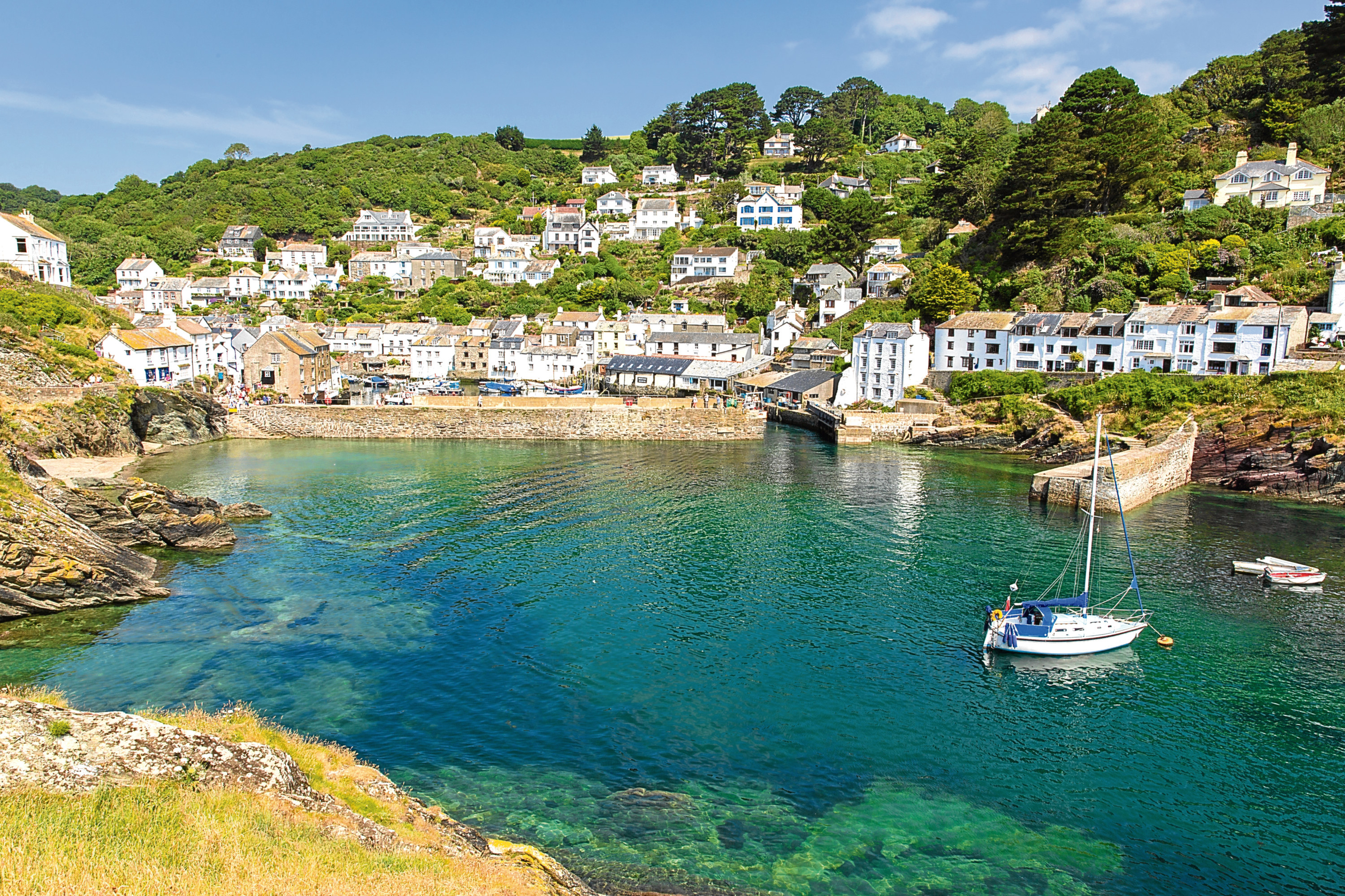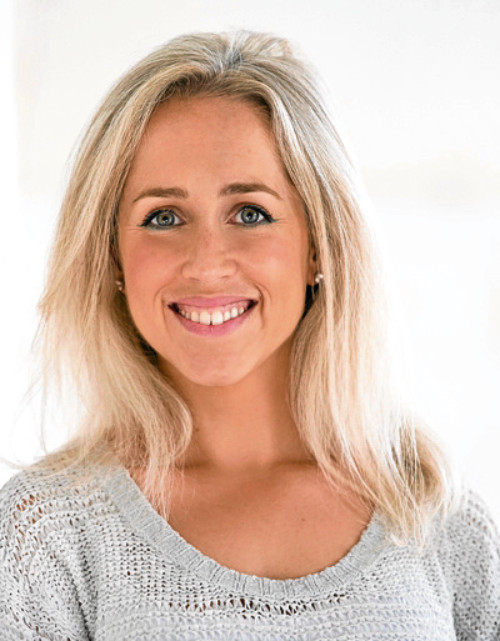
WRITER Kate Riordan is an avid reader of Daphne du Maurier and Agatha Christie, both of whom inspired her first two novels, The Girl In The Photograph and The Shadow Hour.
Her latest, The Stranger (Michael Joseph £12.99), is out on March 22 and is an atmospheric whodunit set in the Second World War. Kate lives in the Cotswolds.
 THERE’S something special about Cornwall.
THERE’S something special about Cornwall.
Maybe it’s a geography thing – it’s the isolated end of the road before you reach the great blue vastness of the Atlantic. Or perhaps it’s all those stories of pirates and smugglers.
Whatever it is, I always feel a frisson of excitement when I cross the Tamar.
As a child, my family often went to the rugged north coast for our summer holiday. St Ives, Boscastle, St Agnes and one year in a sequestered old mill near Tintagel, which to me felt much more magical than King Arthur’s castle.
Back then, I thought of Cornwall as a place of rugged cliffs, big waves and surfboards (and enigmatic surfer boys once I became a teenager…) but in adulthood I’ve fallen for the very different charms of the mysterious south coast.
The air is softer, the climate more gentle, which is why there are so many lush, subtropical gardens to explore.
Of course there are still cliffs and beaches and the sea, but there are also dozens of twisting creeks, apparently forgotten by everyone.
My husband and I married in Cornwall a few years ago – a small ceremony in Polperro – and it’s now a tradition to return each year.
We tend to go in early autumn, when the whitewashed fishermen’s cottages are cheaper to rent and the narrow lanes are free of traffic.
Walking back from the Blue Peter pub at night (generally after too much seafood and Corev lager), the place is deserted, the only sound the hush of the sea beyond the harbour walls.
If you squint, it’s easy to pretend the last 200 years never happened.
I’ve wanted to write a novel about Cornwall since being swept up in Daphne du Maurier’s Rebecca as a young girl, and I’m happy to have finally done it, setting The Stranger in a fictionalised version of Polperro.
Before I wrote, I re-read Rebecca, set not too far up the coast.
So perhaps the real reason I feel that thrill crossing into Cornwall is because, in my head at least, I’m going back to the fictional Rebecca estate, Manderley, again.

Enjoy the convenience of having The Sunday Post delivered as a digital ePaper straight to your smartphone, tablet or computer.
Subscribe for only £5.49 a month and enjoy all the benefits of the printed paper as a digital replica.
Subscribe